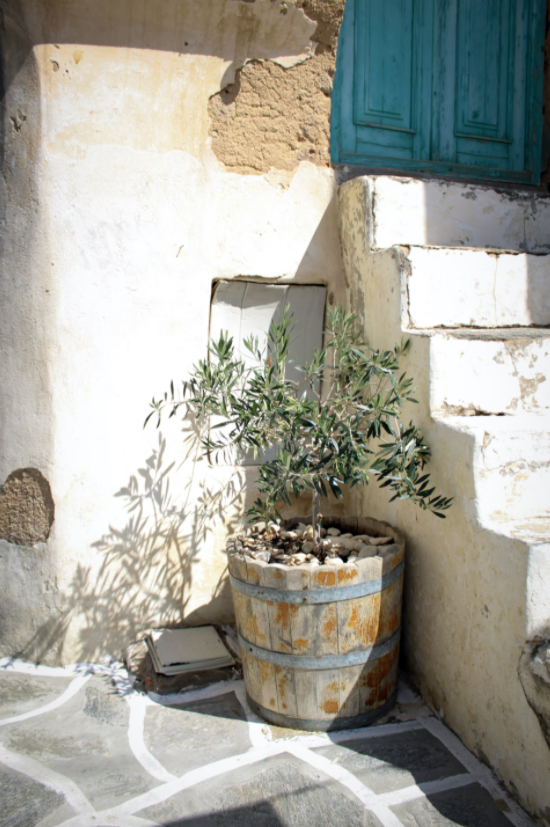Tiny Homes: Downsizing for a Big Impact
In recent years, the concept of “tiny homes” has gained significant popularity. These small, compact living spaces have captured the imagination of many individuals looking to downsize their lives, reduce their ecological footprint, and embrace a simpler, more minimalist lifestyle. Tiny homes offer a range of benefits, from affordability and sustainability to flexibility and mobility.

What Is a Tiny Home?
A tiny home is a small, self-contained dwelling that typically ranges from 100 to 400 square feet in size. These homes come in various forms, including tiny houses on wheels, small cottages, shipping container homes, and even converted vans. Despite their limited square footage, they are designed to provide all the essential amenities for comfortable living.
The Appeal of Tiny Living
1. Financial Freedom
One of the primary attractions of tiny homes is their affordability. The cost of constructing and maintaining a tiny home is significantly lower than that of a traditional home. This allows individuals to reduce or eliminate mortgage debt, saving money for other experiences and investments.
2. Minimal Environmental Impact
Tiny homes are inherently sustainable, as they require fewer building materials and less energy to maintain. Many tiny homeowners also opt for eco-friendly features like solar panels and composting toilets, further reducing their environmental footprint.
3. Mobility
Tiny houses on wheels offer the unique advantage of mobility. This means that homeowners can change their surroundings at will, whether they’re seeking a change of scenery or want to explore new locations. It’s a lifestyle that appeals to those with a sense of adventure.
4. Simplified Living
The minimalist nature of tiny homes encourages people to declutter their lives. With limited space, individuals are forced to make conscious decisions about what possessions are truly essential, leading to a simpler, less materialistic way of life.
5. Customization
Tiny homeowners have the opportunity to design and customize their living space according to their preferences and needs. This level of personalization ensures that every square inch of the home is both functional and aesthetically pleasing.
Challenges of Tiny Living
While the tiny home lifestyle offers numerous advantages, it is not without its challenges. The limited space can be constraining, and not everyone is ready to downsize their possessions to fit within a tiny home. Additionally, finding suitable land and navigating local zoning laws can be hurdles for those looking to establish a permanent tiny home.
The Future of Tiny Homes
Tiny homes are not just a passing trend. They represent a shift in the way we think about housing and lifestyle choices. As housing costs continue to rise, tiny homes offer an affordable and sustainable alternative. Many communities and municipalities are starting to explore zoning changes and regulations to accommodate tiny homes, recognizing their potential to address housing affordability and environmental concerns.
Whether you’re looking to embrace a more minimalist way of life, reduce your environmental impact, or simply experience the freedom of tiny living, tiny homes are a compelling option. They prove that good things do come in small packages and can inspire us to live with less and make the most of what truly matters.
